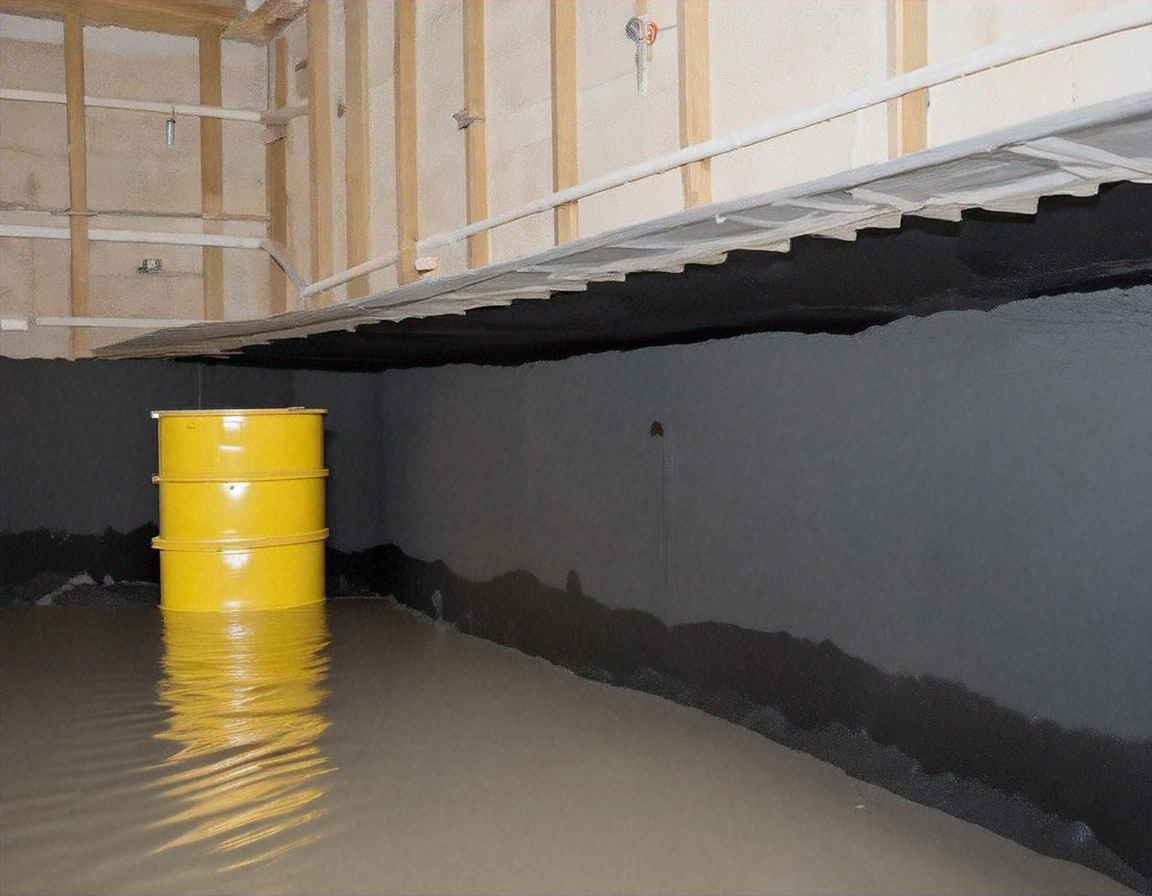The Essential Role of Water Tanks: Efficiency, Sustainability, and Reliability
Water tanks are unsung workhorses in both residential and commercial settings, providing a practical solution to water storage needs that balances functionality with environmental responsibility. From urban homes to rural farms, these structures play a critical role in ensuring consistent water access, reducing dependency on municipal supplies, and supporting sustainable practices.

What Are Water Storage Tanks and Why Are They Important?
Water storage tanks are containers designed to hold water for various purposes, ranging from everyday household use to agricultural irrigation and industrial processes. These vessels come in various shapes, sizes, and materials to suit different applications. The importance of water tanks extends beyond mere storage—they serve as crucial components in water management systems that ensure consistent supply, reduce reliance on municipal sources, and provide emergency reserves during shortages or disasters.
Water tanks represent a proactive approach to addressing water security challenges. By storing rainwater or excess supply during non-peak hours, these systems help balance water availability throughout periods of fluctuating demand. Additionally, they serve as buffers during infrastructure maintenance, allowing continuous water access even when primary supply systems are temporarily offline.
What Materials Are Used in Modern Water Storage Tanks?
Today’s water storage tanks are manufactured using diverse materials, each offering distinct advantages. Plastic water tanks have gained significant popularity due to their lightweight nature, corrosion resistance, and affordability. Typically made from food-grade polyethylene or polypropylene, these tanks prevent algae growth by blocking sunlight and require minimal maintenance compared to traditional options.
Stainless steel tanks provide exceptional durability and hygiene standards, making them ideal for drinking water storage in premium applications. Concrete tanks offer outstanding structural stability for large-scale installations but require proper sealing to prevent leaching. Fiberglass reinforced plastic (FRP) tanks combine lightweight properties with excellent durability, while newer innovations like grid box water tanks feature modular designs that allow for customizable capacity and easier installation in challenging spaces.
How Do Water Tanks Contribute to Sustainability Efforts?
Water storage tanks stand at the forefront of sustainable water management practices by enabling efficient rainwater harvesting. By capturing precipitation that would otherwise become runoff, these systems reduce demand on municipal supplies and help replenish groundwater reserves. This approach is particularly valuable in regions experiencing water stress or seasonal rainfall patterns.
Many communities and businesses are incorporating water tanks into their environmental initiatives to reduce their ecological footprint. By storing and reusing rainwater for non-potable applications like landscape irrigation, toilet flushing, and equipment washing, organizations can significantly decrease their freshwater consumption. Furthermore, large-scale implementation of water storage systems helps mitigate urban flooding by detaining stormwater runoff, preventing erosion, and reducing the burden on drainage infrastructure during heavy precipitation events.
What Are the Key Considerations When Selecting Water Tanks for Sale?
When evaluating water tanks for sale, several factors require careful consideration to ensure optimal performance and longevity. Capacity requirements should be calculated based on intended usage, local rainfall patterns, and available space. Material selection depends on water quality needs, budget constraints, and installation environment—with plastic water tanks being preferred for residential applications due to their versatility and cost-effectiveness.
Location planning must account for structural support requirements, accessibility for maintenance, and protection from extreme elements. Regulatory compliance represents another critical consideration, as local building codes and health regulations may dictate specific requirements for water storage systems. Additionally, connectivity options for plumbing integration, overflow management, and distribution systems should be evaluated during the selection process to ensure seamless functionality within existing water infrastructure.
What Innovative Features Are Available in Modern Water Storage Tanks?
The water tank industry has embraced technological advancements to enhance functionality and user experience. UV-resistant materials extend the lifespan of outdoor installations by preventing degradation from sun exposure. Anti-bacterial treatments incorporated into plastic water tanks help maintain water quality by inhibiting microorganism growth. Level indicators and remote monitoring systems allow users to track water volumes without physical inspection, while specialized filtering mechanisms integrated into collection systems improve water quality.
In the United States, grid box water tank systems represent an emerging innovation gaining traction for their space-efficient design and scalability. These modular units can be configured to fit irregular spaces or expanded as needs grow, making them particularly valuable in urban environments with limited installation area. Additionally, some manufacturers now incorporate smart technology that can detect leaks, monitor water quality parameters, and even integrate with home automation systems for comprehensive water management solutions.
What Are the Current Market Options and Costs for Water Storage Tanks?
The market for water storage tanks offers diverse options across different price points, capacities, and specifications. Residential plastic water tanks typically range from compact 50-gallon units for rainwater collection to larger 5,000-gallon systems for whole-house supply. Commercial and agricultural applications may require tanks with capacities exceeding 10,000 gallons to meet substantial water demands.
| Tank Type | Typical Capacity Range | Average Cost Range | Key Features |
|---|---|---|---|
| Polyethylene Plastic | 100-5,000 gallons | $0.50-$1.50 per gallon | Lightweight, UV-resistant, low maintenance |
| Stainless Steel | 500-15,000 gallons | $1.00-$4.00 per gallon | Superior durability, hygienic, corrosion-resistant |
| Fiberglass | 300-20,000 gallons | $0.75-$2.50 per gallon | Lightweight yet sturdy, long lifespan |
| Concrete | 1,000-50,000+ gallons | $0.75-$3.00 per gallon | Permanent installation, excellent insulation |
| Grid Box Systems | Modular (variable) | $1.25-$3.00 per gallon | Customizable, space-efficient, expandable |
Prices, rates, or cost estimates mentioned in this article are based on the latest available information but may change over time. Independent research is advised before making financial decisions.
Installation costs represent an additional consideration beyond the tank purchase price. Professional installation typically adds 20-50% to the overall project cost, depending on site preparation requirements, accessibility, and foundation needs. Maintenance expenses remain relatively minimal for modern water tanks, with plastic options requiring the least ongoing investment compared to metal alternatives that may need periodic anti-corrosion treatments.
How Water Storage Tanks Support Resilience and Reliability
Water storage tanks serve as critical infrastructure components that enhance system resilience against supply disruptions. By maintaining reserves for emergency scenarios like natural disasters, power outages, or infrastructure failures, these systems provide peace of mind and continuity of essential services. The strategic placement of water tanks throughout distribution networks also helps maintain consistent pressure and reduces strain on pumping equipment.
For rural properties and agricultural operations, dedicated water storage capacity transforms water security from vulnerability to strength. Even in urban settings, supplemental storage systems provide valuable backup during peak demand periods or maintenance activities. As climate change introduces greater uncertainty into water availability patterns, the reliability offered by properly sized and maintained water storage tanks becomes increasingly valuable for households, businesses, and communities alike.




